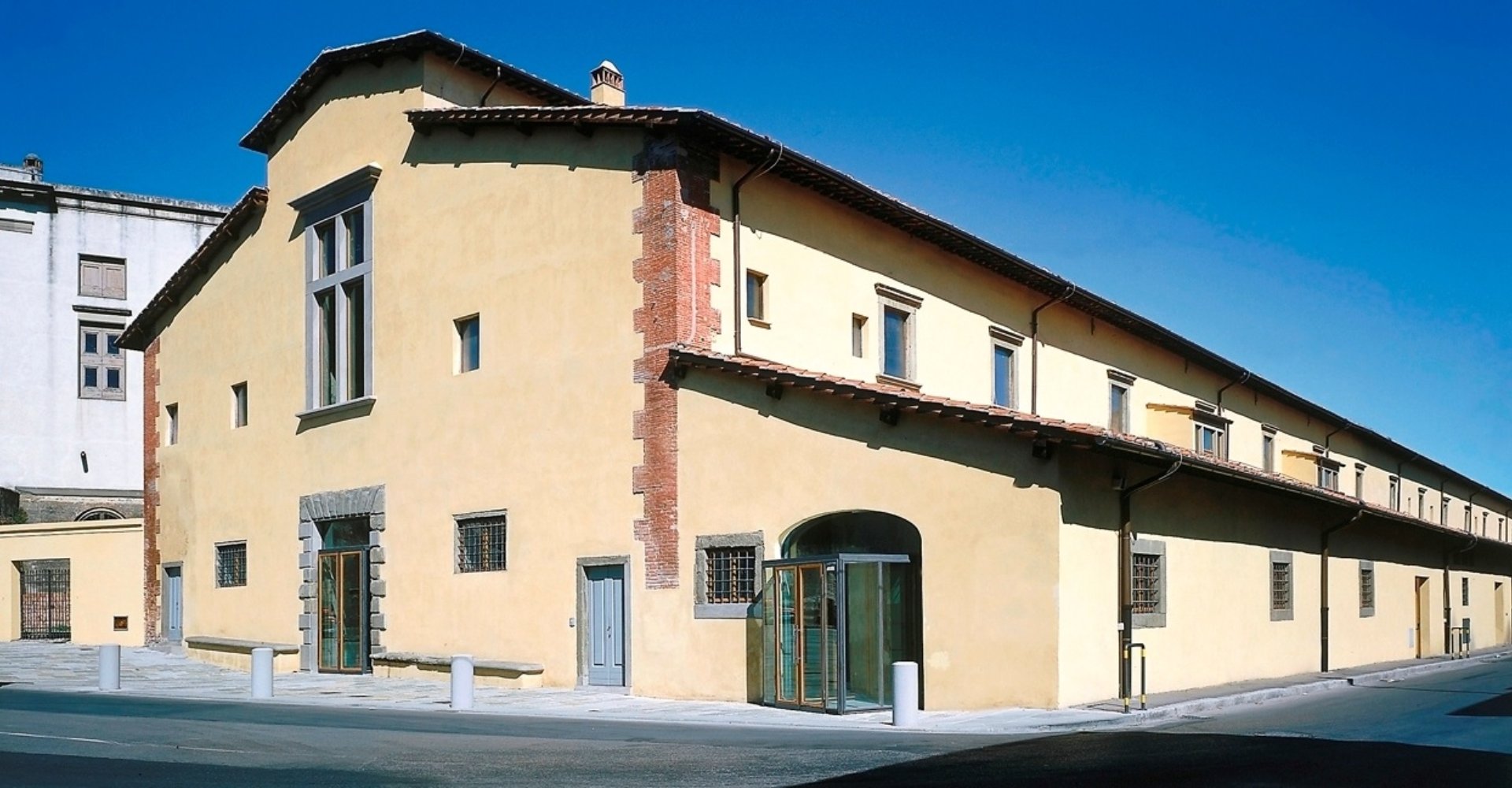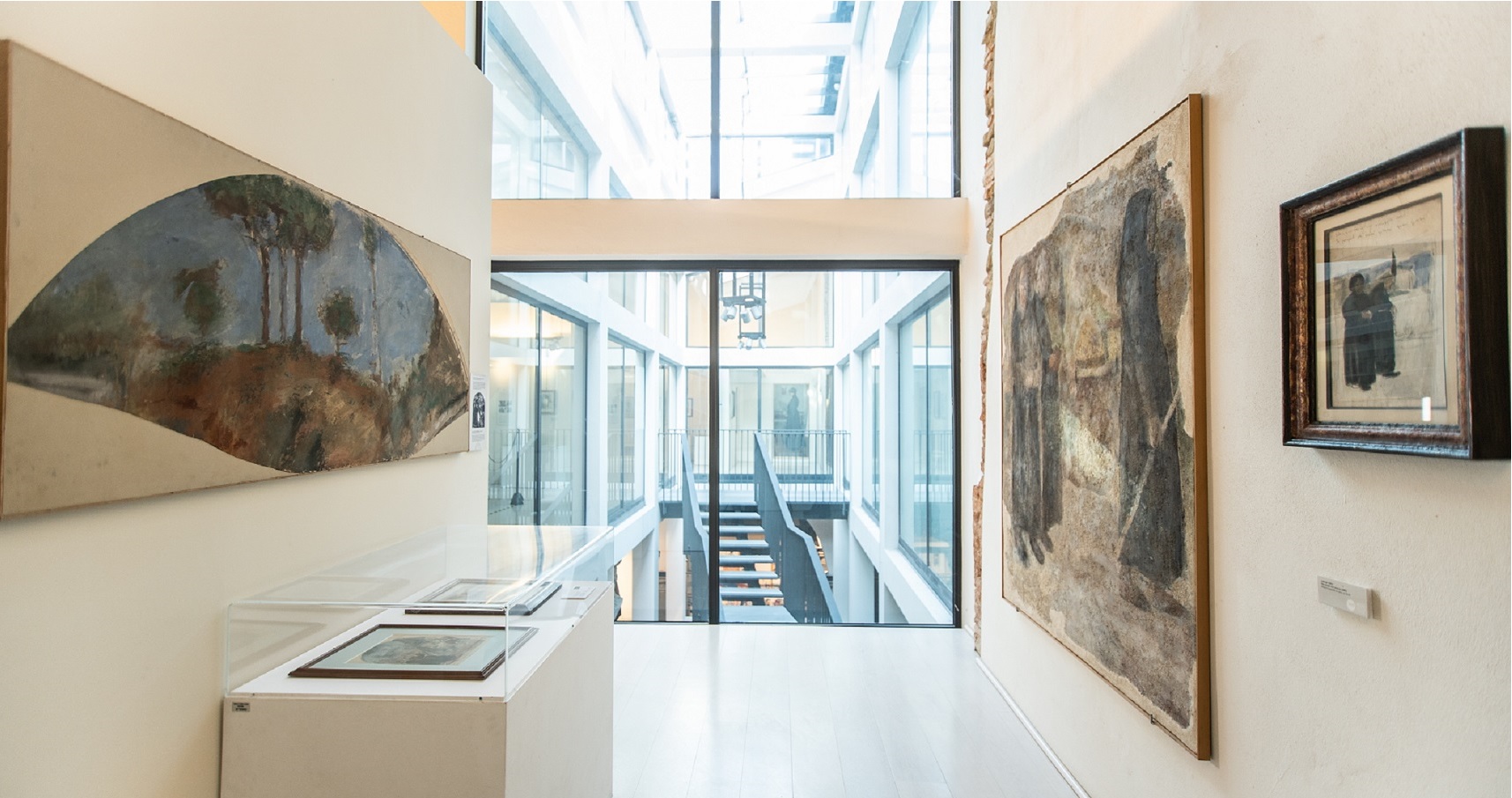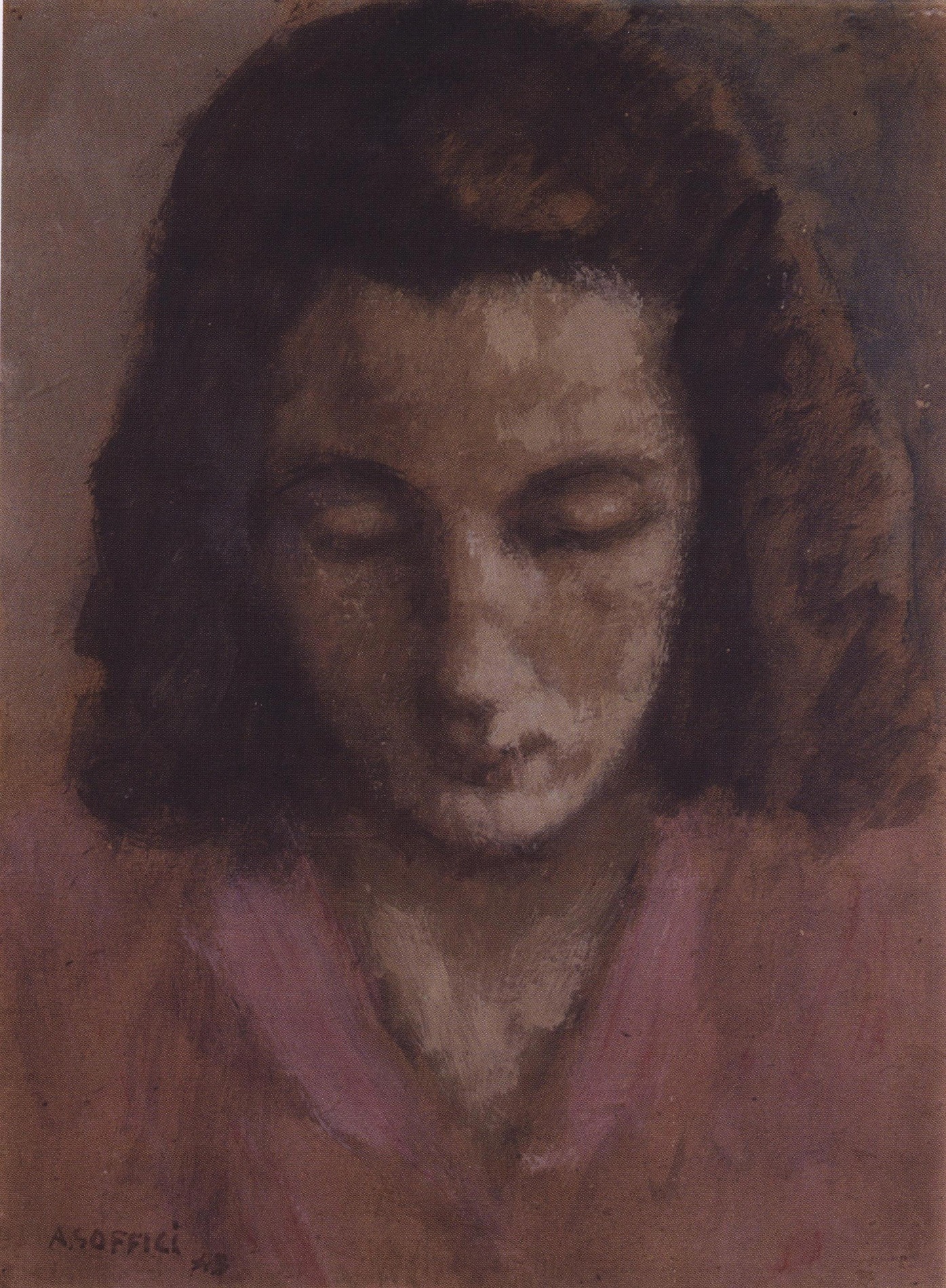
Soffici Museum
An extraordinary blend of art, history and innovation
A few kilometers from Poggio a Caiano - inside the Medicean stables of the Medici Villa of the same name - the Soffici Museum is entirely dedicated to Ardengo Soffici (1879-1964), a leading figure in 20th-century Italian culture.
Opened in 2009, the museum houses the works of Ardengo Soffici through an itinerary describing the key stages of the artist's life.
Painter, poet, storyteller, literary critic and essayist, Ardengo Soffici explored the most important phases of the stylistic and civic evolution of a Europe that, from the early 20th century until the 1940s, was the scene of dramatic events and social changes.
The spaces

The Stables, in which the museum is located, were built around 1548 to a design by Niccolò Tribolo, an architect who was an expert in Medicean gardens: on the ground floor the fascinating original structure is still evident, in which the ancient iron rings for hooking the horses' reins to the columns are still present.
After World War I, the Medicean Stables were used as craftmanship laboratories and private residences on the upper floors.
In 1978, they suffered extensive damage from a fire, and after careful restoration, the building was officially opened on October 21, 2001. The first floor houses the Library, some municipal offices and a large showroom hall for temporary exhibitions, related by theme and relevance to the museum.
Today, the rooms of the picture gallery wind around a large glass box, serving as a skylight.
The works

Leaving for Paris in 1900, Soffici returned to Italy in 1907 with a vast artistic background: Picasso, Braque, Apollinaire are just some of the great figures he met and by whom he was influenced.
More than fifty emblematic works are on permanent display in the museum's halls, guiding the visitors through the phases experienced by the artist: his French training, Cubism, Futurism, the war experience, the so-called return to order, plastic values, synthetic realism, landscape, tradition and modernity united in his artistic vision.
Thus, the museum's activities aim to collect documents on the large amount of the artist's exchanges, and to frame him in the 20th century.